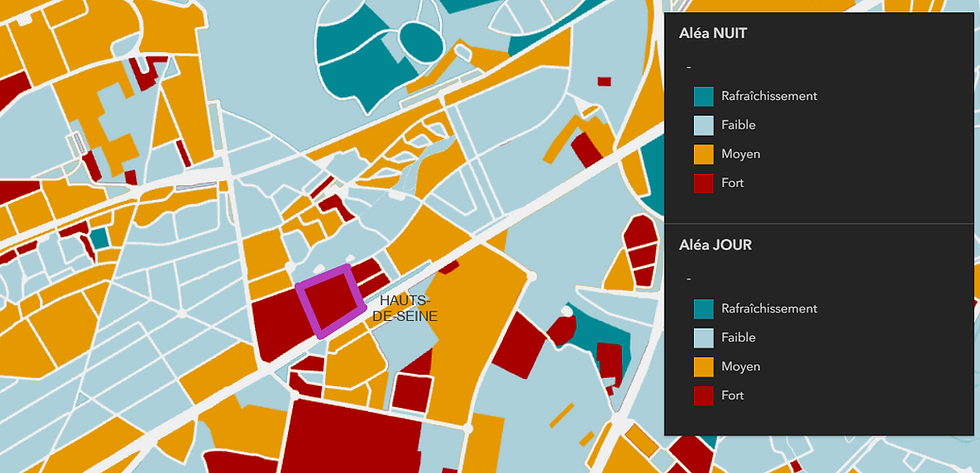Fresnes’ collective housing history in France resurfaces amid new construction projects.
- cyrilleamoursky200
- Nov 7, 2023
- 3 min read
FRESNES, France, Oct 9 (SCSP) - In the southern suburbs of Paris, the 'Peupleraie' district
legacy, a unique housing project by the "Beavers" workers movement from 1956, resurfaced
as the city plans on building a new controversial residence.
Formed in 1956, the “Beavers” workers unified by the vision of affordable, quality housing
amid Paris’s housing crisis defined by poor living conditions and very limited availability.
Collaboratively, within two years, in this city of 5,000 inhabitants at the time, they erected
seven buildings comprising over 770 apartments, integrated commercial hubs, green spaces,
and an educational complex which includes a kindergarten, a school and a high-school . To
be eligible for housing, workers had to spare 600 hours of work for the building project.
Today, Fresnes is home to roughly 30,000 people.
In 2021, the municipality declared intentions to demolish the “Cite des Goux” residence,
which houses over 200 families, with the Valophis group aiming to reconstruct it with greater
capacity. Nonetheless, the construction project met criticism from residents and neighbours,
primarily for insufficient relocation plans for families and the proposed building's height,
which surpasses that of most nearby homes.
Marie Chavanon, the socialist mayor of Fresnes, acknowledges the apprehensions of the
residents, affirming that a mutually agreeable solution is being discussed.
"We require state funding to assist the remaining 23 families in temporary relocation.
Following a petition from our constituents, the municipality reached an agreement with
Valophis to decrease the project’s height", Chavanon said.
Of the 200 families, 173 have already been relocated, according to mayor Chavanon.
Conversely, just 2 km away, residents praise the Peupleraie district’s model, which not only
stands as a benchmark of the town’s solidarity and construction planning but also serves as a
reference for the entire Val-de-Marne department.
Adjacent to Jean Jaurès Boulevard, named after an anti-war socialist of WWI, the
Peupleraie's kindergarten stands as a reminder of the city's working-class and communal
roots. Decades after it was built, it still educates the descendants of the “Beavers”.
Valentine Quesnel, a 32-year-old Peupleraie resident and mother with a son attending, says
“The kindergarten is a living legacy built by the ‘Beavers’ (...) All of the kids from our
district go to educational centres that wouldn’t have existed without the idea of collectively
building infrastructure for our community’s future” underscoring the workers’ pivotal
contribution to urban development.
“My grandparents participated in the Peupleraie’s construction project. Generation after
generation we still live in the buildings and community that was created by the ‘Beavers’
workers” says Valentine.
The city’s EcoMuseum, a creation of the worker’s movement, stands as Fresnes’ main
cultural landmark; its exhibits chronicle the history of the Beavers movement among other
things. Juliette Spire, the museum's conservation head, affirms that the spirit of solidarity has
persisted through the years.
“We are a very close-knit community. Every year, the descendants of the ‘Beavers’ meet at a
banquet to revive the strong sense of community created by our ancestors,” she says.
However, she considers the “Cite des Goux” project to be destructive for the city’s cohesion.
“What we see in the case of the ‘Cite des Goux’, with corporations and economic interests
taking over, is unfortunate and it goes against the spirit of our town’s solidarity. With la
Peupleraie, people were put before profit. Valophis cares only about money,” she adds.
With Fresnes emerging as an increasingly lucrative city for investors, according to a 2023
study by Le Parisien, the Peupleraie remains a crucial, affordable enclave, sheltering over
2,000 residents. “Without my grandparents'; contributions and efforts, I wouldn’t have had the
opportunity to reside in a residence as well-facilitated as mine,” says Juliette.







Comments